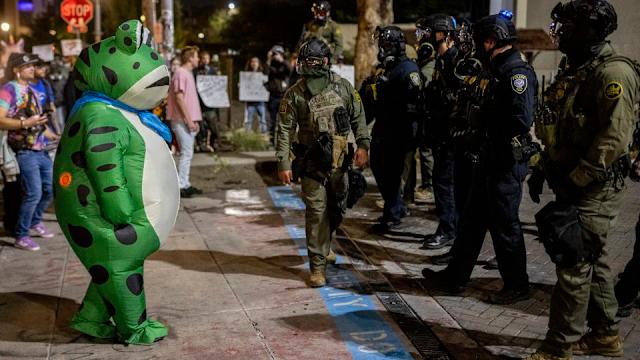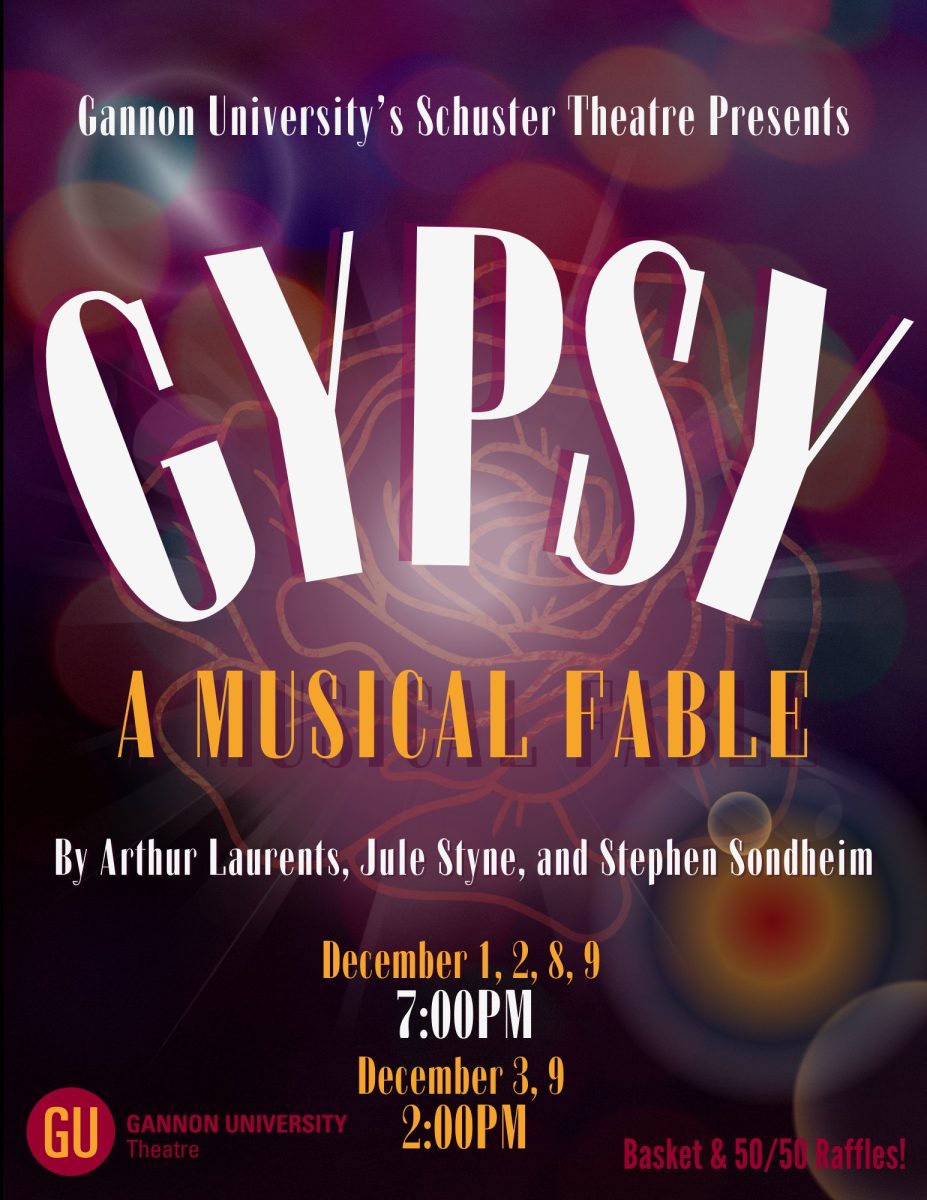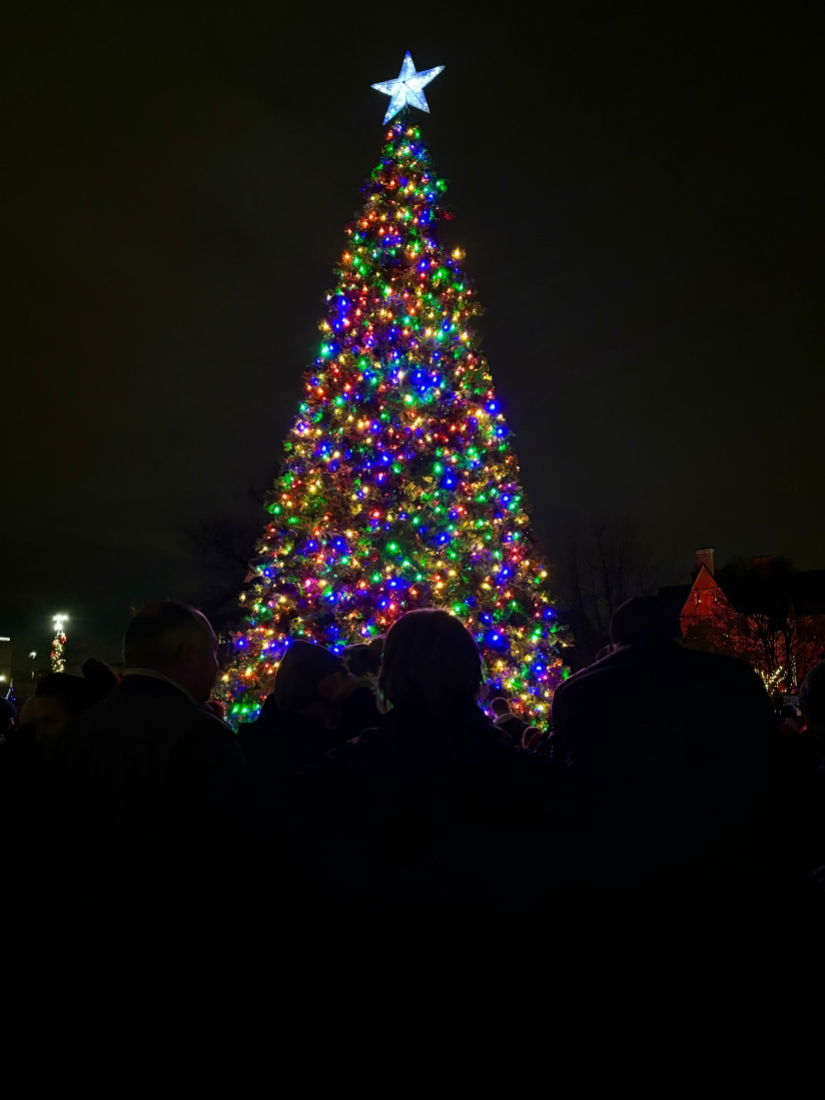Although it has been a while since he attended Gannon University, Greg Czarnecki still stays close to campus through various activities.
In his time, Czarnecki has worn many Gannon hats: from a student to an instructor to the president of the alumni association and now an author. However, it is ironic that he initially did not want to attend Gannon.
“It was kind of my default,” Czarnecki said.
“I got really sick my senior year of high school and almost didn’t finish the year, but I managed to finish. It kind of derailed my plans to go to other places. I went to Prep, and it was kind of a natural progression. I never actually intended to go here.”
After more than seven years of college, Czarnecki graduated with a bachelor’s degree in biology in 1989. He later went on to teach invertebrate zoology and freshman biology labs at Gannon. Czarnecki also taught at Penn State, Lebanon Valley College and Harrisburg University of Science and Technology.
On top of teaching at Gannon, Czarnecki has served as a director of the National Alumni Board and then as president of the National Alumni Board from June 2015 to June 2018.
During this period, he also served on the university’s board of trustees. To become a member, you must be nominated and appointed by the current board.
Czarnecki served as the President of the National Alumni Association, and the president holds a seat on the board.
“It’s very cool,” he said.
“We get to travel to Ruskin, you vote on and help make decisions on new majors and minors, getting rid of majors and minors, funding issues and all kinds of interesting things.”
On Sept. 28, Czarnecki was one of five Gannon alumni to receive the 2019 Distinguished Alumni Award.
As an alum and a member of the board of trustees, Czarnecki can say he has a grasp on what makes Gannon what it is.
In 2019, Czarnecki published a book on Gannon’s history, “Gannon University, The Campus History Series.”
Czarnecki said it took two years from the time he signed a contract to write the book until the time it was actually published, but that he “intensively” worked on it for a year to 18 months.
“I happened to see that Arcadia Publishing has a series of books: a campus history series. I love history and thought this would be a cool thing to do. I pitched the idea to the university, and they liked it.”
Czarnecki decided that all the proceeds from the book will go back to Gannon.
“Gannon has given a lot to me and helped me be successful, so I wanted to give back in some way,” he said.
The book is split into five major sections: The Early Years, People, Places, Campus Life and Athletics.
The Early Years focuses on the beginning of Gannon’s history in 1933.
Originally Cathedral College was one of the primary sources for academics in Erie, giving students the option to take one of three programs: science, liberal arts and business.
However, they would never earn a degree. Students would take these classes and then transfer to a four-year college.
About a decade later, Gannon, named after Bishop John Mark Gannon, opened its doors and the school remains open to this day.
The second section focuses on the more important people who have helped shape Gannon to what it is today.
A few people, like Dr. Richard Beyer and Jim Freeman, influenced Gannon so much that the university named academic and housing buildings after them.
Beyer came to Gannon in 1945 and served the history department chair and the director of the graduate faculty of the social sciences, until his unexpected death in 1966.
Beyer received the Distinguished Faculty award in 1984, and the history department hosts a lecture in his honor every year.
Freeman was a math teacher who taught at Gannon beginning in 1945.
He was beloved by his students for his friendly, easy-going manner and his ability to make algebra, trigonometry and calculus understandable for even the most mathematically challenged students.
In September 1988, Freeman Hall apartments were named in his honor.
The third section focuses on significant places throughout campus, including the iconic Gannon Arch, which first greeted students in 1999.
However, some of the places introduced in this section have come down, like Crispo Hall, which now houses the indoor recreation field.
In other cases, buildings have remained open, but have changed names and purposes.
From 1963 to 2012, Gannon’s Tau Kappa Epsilon fraternity owned a mansion on West Sixth Street, until it was repurposed by campus to become the Gannon Forensic Investigation Center.
The fourth section focuses on campus life from the beginning to where we are now. There are photographs of Gannon’s Reserve Officer Training Corps (ROTC), a few chapters of fraternity and sorority life and other organizations on campus.
The fifth and final section is dedicated to the sports teams. Displayed are teams that are still around, like basketball and football, and sports that have left campus, like fencing and bowling. The newest sport to join Gannon’s campus was women’s wrestling in 2018.
Since Czarnecki’s time on campus and in Erie, things have changed a bit.
While attending Gannon, Czarnecki was not involved in campus clubs or activities.
“I was married and working full time,” he said. “I was a nontraditional commuter student.”
Czarnecki married at the age of 24 and worked in an organic chemistry synthesis lab at Lord Corp.
He spent 12 years at Lord, building unique molecules that went into adhesives and coatings, and over half of that time he was also a student at Gannon.
“It was a pretty cool job, and I earned a couple of U.S. and European patents in the process,” he said.
Today, Czarnecki lives in Hershey with his wife Karen, daughter Tara and dog Sadie.
He works as the director of applied science for climate change at the Pennsylvania Department of Conservation and Natural Resources and has been there for 10 years.
Of all the things he has accomplished in his life, Czarnecki feels one of his most significant accomplishments, and pains, in his life is his daughter, Tara.
Tara Czarnecki is a junior digital media major at Gannon and is involved in club soccer, the environmental club and the American Sign Language club.
Tara grew up hearing about Gannon and eventually chose to attend the university. Her father, mother and a few other family members attended the university, making her a Gannon legacy.
“There’s a lot of pressure surrounding it, but it’s also really rewarding because I feel like I’m carrying on a family tradition and it makes me feel closer to my family,” Tara said.
She did not hesitate to express her joy when she learned her father was going to write this book.
“I didn’t know he was going to be making the book until I came home on break my freshman year, but I was very proud of my father once I heard the news,” Czarnecki said.
Since the release of the book, her feelings remain the same.
“Anything that my dad does always amazes me because he does everything with grace,” Czarnecki said.
“I loved the book, and I couldn’t be happier with how the book came out. My dad never ceases to amaze me with what he does. I’m looking forward to seeing what he does next.”
Some readers mentioned that they learned things about Gannon, that they would not have known without the book.
Steven Ropski, Ph.D., a professor in the Morosky College of Health Professions and Sciences, was one of Czarnecki’s professors during his time at Gannon.
Ropski said that Czarnecki was an outstanding student who was highly motivated and very eager to participate.
“He was in my very first Wildlife Management class I taught at Gannon,” he said.
Ropski said that he never knew that Gannon was under the auspices of St. Vincent College for a while, which is mentioned in the first section of the book.
On top of learning this new fact, Ropski said that he enjoyed the book.
“Many of the pictures took me back to friends and colleagues long gone and reminded me of what our roots were all about,” he said
“I especially enjoyed how it was divided into sections, and loved seeing the people section and some of my old profs.”
Tami Faram, director of Alumni Services, is an Erie native who later took courses at Gannon.
“Even though I’m a native of Erie, and came to Nash Library to study while at Villa Maria High School and later took courses at Gannon, I learn something new about the university each time I open the book,” said Faram.
“Alumni Services is thrilled to be able to offer this book that preserves many memories at Gannon for our alumni. Alumni of all decades can relate to the photographs and details throughout the book.”
Each section showcases photos from different times through Gannon’s history. For those interested in seeing more, contact the Archives department in Nash Library or contact the alumni services office.
“Gannon University, The Campus History Series” is available for sale online and also at the Gannon University Bookstore.
OLIVIA HAHNER
[email protected]












